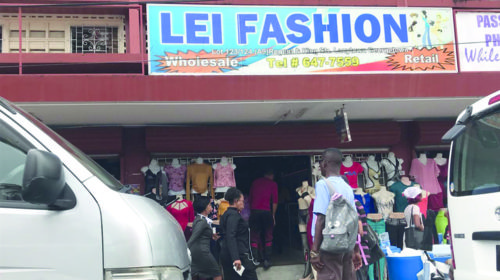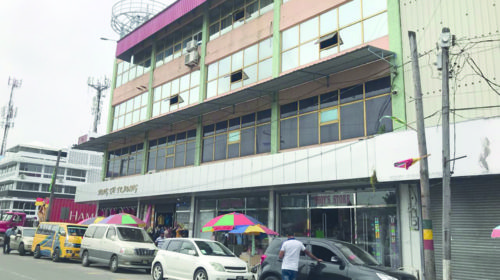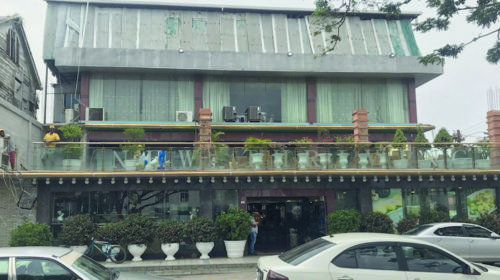
Guyana is a melting pot of cultures and one of the most unique nations in the in the Caribbean region. It is unique in the sense that nowhere else can you find the level of cultural integration we have here. It is perhaps one of the goods that came out of the colonial period since it sets us apart from others.
One of the identifiable cultures in the melting pot is that of the Chinese people. The Chinese came to Guyana after the colonial masters lost their slaves and was looking for cheap labour to further enrich themselves. So as a replacement for the lost slaves, they created the indenture system under which the Chinese came.
Ever since they landed on January 12, 1853, the Chinese have been adding their culture to the fabric of what would ultimately become the Guyanese society. Now, some 167 years later, one cannot imagine what Guyana would be without the Chinese people.
We would not have the every famous chicken fried rice that almost every Guyanese crave nor would we have been exposed to the dragon dance among other things.
There is no denying that the Chinese people have aided in the transformation of the Guyanese economy as well. In 2018, President David Granger alluded to the contribution of the Chinese to the Guyanese economy noting that their contribution could not be downplayed.

During the entire period 1853 to 1879, a total of 13,541 diverse Chinese landed in Guyana, bringing with them various religions, different languages and varying beliefs. The Chinese came as the smallest group of indentured labourers and were distributed to the sugar plantations in the three counties of Berbice, Demerara, and Essequibo.
“Engrained neatly in the fabric of the Guyanese society are contributions by Chinese that include the tasty cuisine that continues to be popular in Guyana and which is talked about in many other countries; folklore and the language which continues to be spoken by natives and is even taught here at the Confucius Institute,” Social Cohesion Minister Dr George Norton had stated while speaking about the contribution of the Chinese.
The Chinese were astute businessmen who operated grocery stores and were druggists, butchers, hucksters, cart and boat cab owners, barbers and laundrymen, among other things. Their contribution to commerce can still be seen today with various businesses across the country.
In almost every village along Guyana’s coast one can find Chinese restaurants and grocery stores. In the city, the Chinese owned stores creates employment for a number of Guyanese as well as goods and services to the public.
The Chinese’s contributions are not only limited to business but also in the sport arena. They first started the Chinese Sports Club which is now the Guyana Motor Racing and Sports Club. Among the sporting disciplines of the club were cricket, tennis, basketball and hockey. The club shone in hockey back in 1961 when eight of its members were selected to tour with the national hockey team which won the first and only Quadrangular Hockey Tournament among British Guiana, Trinidad, Jamaica and Barbados. The club went on to have the leading hockey team in Guyana, winning all the hockey tournaments in 1974.

The Chinese have been fully integrated into the Guyanese society and have been able to excel in virtually every area, including in academia, the legal and medical fields. Some notable Guyanese Chinese includes the first President of the Cooperative Republic of Guyana, the late Arthur Chung; former Chief Justice the late Ian Chang; entrepreneur Stanley Ming; General Surgeon, Dr Wallace Lee, and Mathematician Claude Lee.
Over the years, the strong, comprehensive programme of bilateral cooperation between Guyana and China has resulted in Guyana benefiting from the services of the Chinese medical doctors and technicians, the donation of equipment to the health sector, the educational work of the Confucius Institute, the support given to the Bertram Collins College of the Public Service, infrastructural support for the expansion and renovation of the Cheddi Jagan International Airport (CJIA), the widening of the East Coast Demerara Public Road, and the donation of vehicles and other equipment to the Guyana Police Force and the Guyana Defence Force.



